Today is Star Trek Day. In terms of franchise-branded holidays, there’s just about enough time to get the decorations down before Batman Day next Saturday.
Star Trek Day typically celebrates the premiere of “The Man Trap,” the very first episode of Star Trek to be broadcast on American television. It premiered on 6 September 1966, launching a franchise that has spanned half-a-century and change. This year’s Star Trek Day is a little different. It is celebrating the 50th anniversary of the broadcast of “Beyond the Farthest Star.” That was the first episode of Star Trek: The Animated Series, premiering 8 September 1973.
The franchise’s celebrations are largely themed around animation. Paramount+ has launched a set of animated Very Short Treks for the occasion. The date lines up with the premiere of the fourth season of the animated series Star Trek: Lower Decks, with “Twovix” and “I Have No Bones Yet I Must Flee.” The occasion is also marked with special theatrical screenings of Lower Decks around the globe. Paramount has made all of the third season of Lower Decks available to watch on YouTube for free.
Of course, if one were being cynical, this is an obvious effort to boost the streaming numbers for the premiere of Lower Decks. After all, the Neilsen ratings suggest that YouTube is the most popular streaming platform and counts the total minutes of a given show watched. Still, it’s nice to see this celebration of animated Star Trek. Even the online presentation is foregrounding actors from Lower Decks. It will be hosted by Jerry O’Connell and will feature Tawny Newsome and Eugene Cordero.
To Star Trek fans of a certain age, it’s heartening to see the franchise celebrate its animated offerings. Star Trek: The Animated Series ran for two seasons, producing 22 episodes. Most of the original cast returned, with the notable exception of Walter Koenig, who scripted the episode “The Infinite Vulcan.” It was produced by Filmation, which meant that the animation looked cheap even by the standards of the time, but it was new Star Trek on television at a time when that seemed impossible.
The Animated Series featured episodes written by Star Trek veterans like D. C. Fontana and David Gerrold, along with science fiction author Larry Niven. It introduced new characters and concepts into the mythology, including Captain Robert April, the first Captain of the Enterprise, and alien species like the Caitians or the Edosians. Sure, a lot of it was not very good, but there is a lot of Star Trek that isn’t very good. It’s a franchise that has been running for over fifty years, after all.
Related: The Fourth Season of Star Trek: Lower Decks is Business as Usual
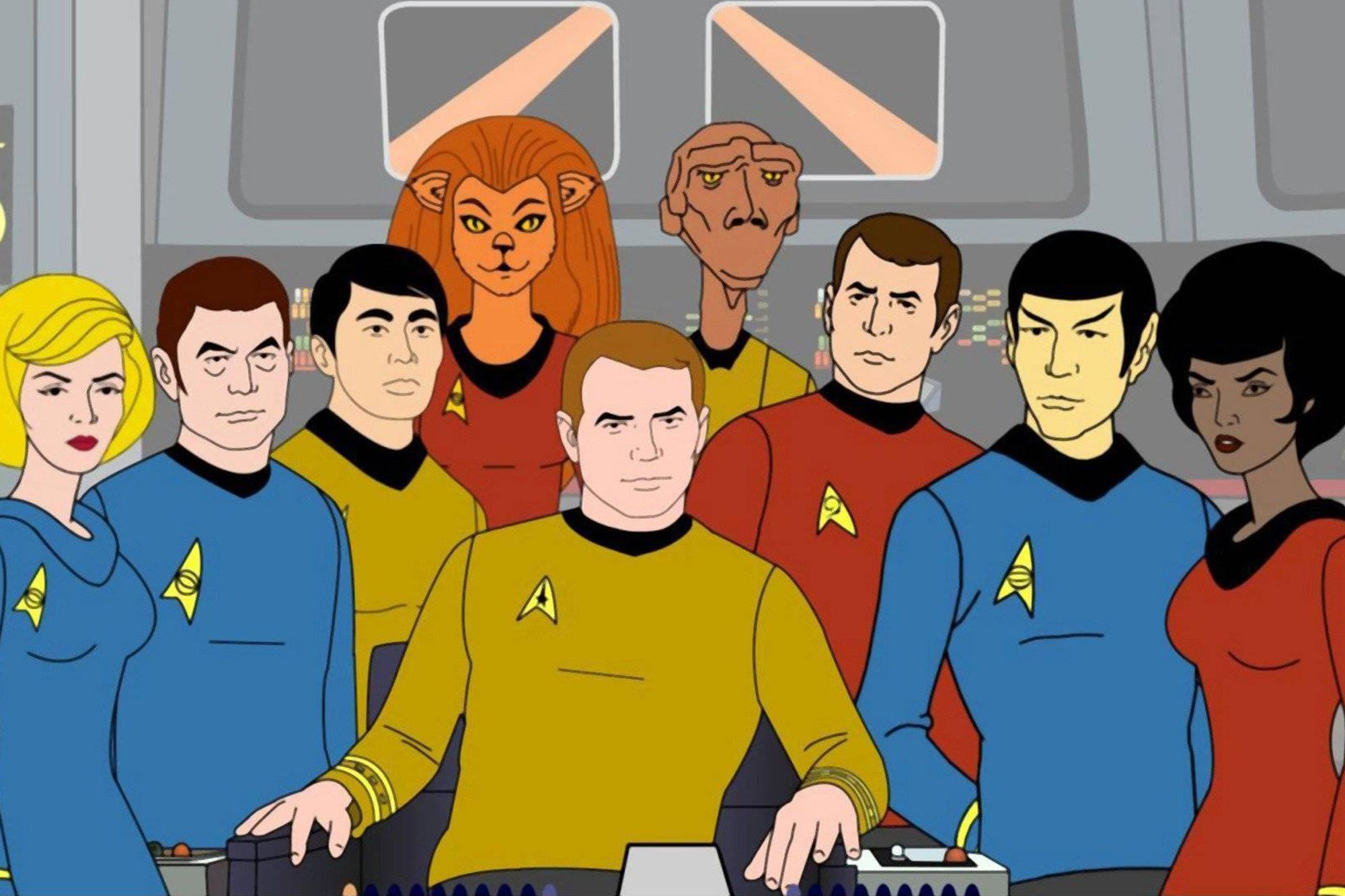
However, towards the end of the 1970s, Star Trek began to transition back towards live action. First, there were rumblings of a planned television show, named Phase II, that would launch a Paramount television network. Then, with the success of Star Wars, those plans shifted into a feature film, Star Trek: The Motion Picture. The film made a lot of money, and spawned a film franchise that in turn led to the resurrection of live action Star Trek on television. This placed The Animated Series in limbo.
It was quickly decided that The Animated Series would not be “canon” with any of the Star Trek that followed. “Gene had a habit of ‘de-canonizing’ (if there is such a thing) things when he wasn’t happy with them,” Paula Block recalled. “He didn’t like the way that much of the animated series turned out, so he proclaimed that it was not canon.” Of course, as Block points out, Roddenberry also de-canonized parts of the original show and the film franchise, but those proclamations never stuck.
There was something different about The Animated Series. As Gene Roddenberry’s long-time associate Richard Arnold explained, the fact that Roddenberry had worked on the show didn’t protect it. “To Gene, anything that he did was canon,” he explained. “Now, I know he did the animated series, but we’ve avoided that ever since this new series began, because he never really thought that there would be any more live Star Trek. He really didn’t.”
The thinly-veiled implication there is that animated Star Trek was inherently inferior to live action Star Trek; that The Animated Series was a stopgap solution that could be Star Trek in a pinch, but would be superseded by The Motion Picture and Star Trek: The Next Generation. It speaks to longstanding prejudices in the entertainment industry, particularly in America, which tend to treat animation as inherently inferior to any live action alternative. The unspoken assumption is that it is “for kids.”
As a result, The Animated Series languished in a strange continuity limbo. There were occasional indirect references to it, like a Caitian appearing in Star Trek IV: The Voyage Home or the confirmation that James Kirk’s (William Shatner) middle name was “Tiberius” in Star Trek VI: The Undiscovered Country. “We don’t consider it canon,” admitted Next Generation and Star Trek: Deep Space Nine writer Ronald D. Moore, “but it’s kinda cool to throw in the odd reference here and there.”
When Star Trek moved to streaming with the launch of Star Trek: Discovery, it also embraced animation. There were the live action shows, such as Star Trek: Picard and Star Trek: Strange New Worlds, but they were complimented by animated series. Lower Decks was a half-hour self-aware cartoon sitcom from Solar Opposites and Rick & Morty veteran Mike McMahan. Star Trek: Prodigy was a computer-generated children’s show, which featured Kathryn Janeway (Kate Mulgrew) as a series regular.
Related: What Do the Gorn Represent on Star Trek: Strange New Worlds?
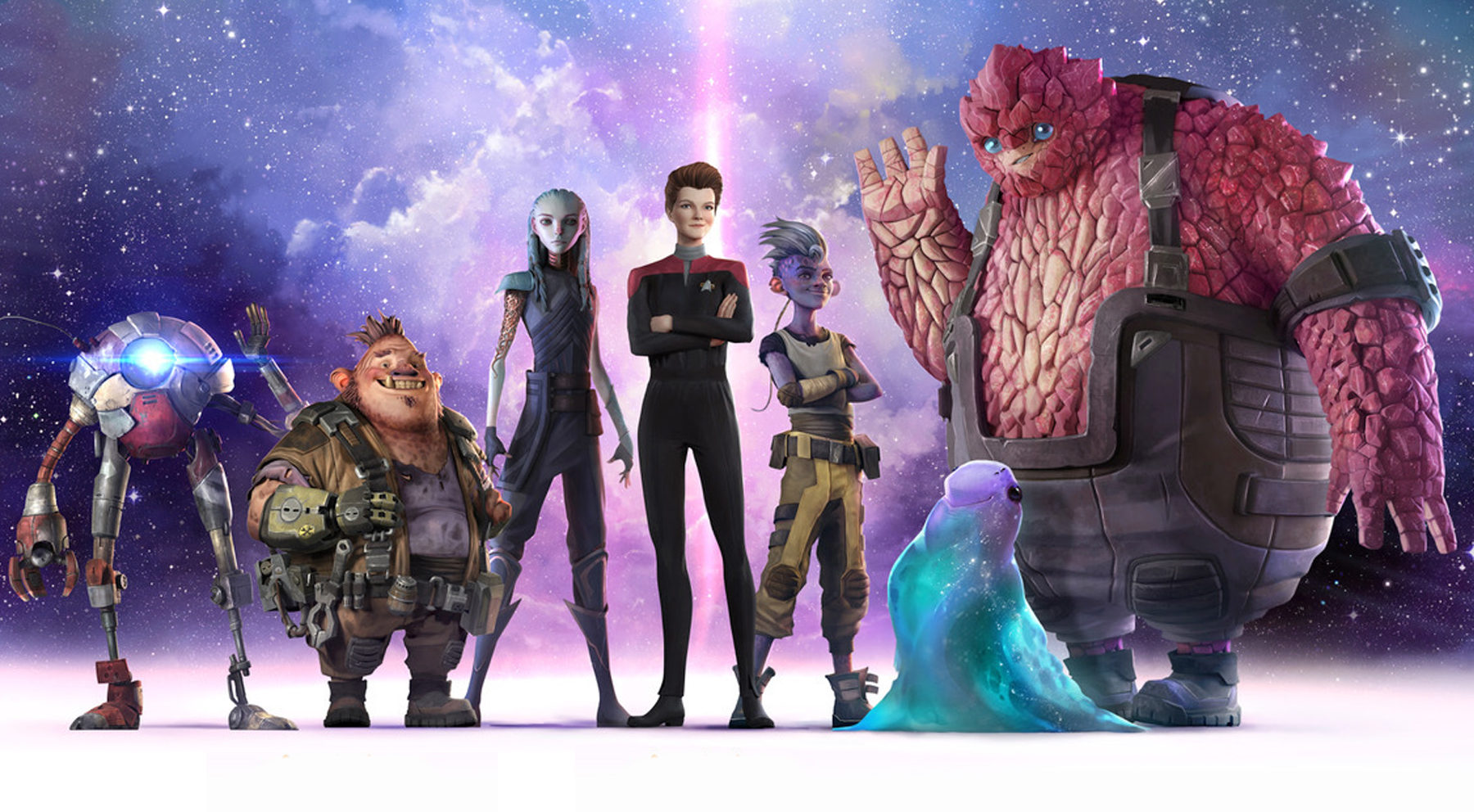
Unsurprisingly, The Animated Series has been a touchstone for Lower Decks. When a photograph of Kirk and Spock appeared in the first season finale, “No Small Parts,” it was drawn in the Filmation style. The recurring character of Ensign Taylor (Fred Tatasciore) is a Kzinti, the cat-like aliens introduced in “The Slaver Weapon.” The show’s second episode, “Envoys,” featured a cameo from a Vendorian, a tentacled shape-changing alien species that appeared in “The Survivor.”
Prodigy and Lower Decks are easily the best Star Trek of the past five years. In its recent seasons, Discovery has drifted between showrunners, becoming lost in a vague desire to rebuild the franchise’s lost history. Strange New Worlds is a simulacra of a model of Star Trek that was outdated when Enterprise abandoned it twenty years ago. The third season of Picard was a nostalgic fantasy about a generation of kids “who can’t do anything as well as their baby boomer forebears.”
In contrast, Prodigy was the only new Star Trek show since the first season of Discovery not to be aimed at an audience of existing fans. Structured to welcome viewers to the franchise, explaining the conventions of classic Star Trek narratives, Prodigy was a show designed to make new fans rather than to appease old fans. It was perhaps the only Star Trek show that imagined the franchise could have a long-term sustainable future.
Lower Decks is just as steeped in nostalgia as Strange New Worlds or Picard. However, it balances this with an ambition and playfulness missing from the live action shows. Lower Decks demonstrates a willingness to experiment with the form of Star Trek, in episodes like “Crisis Point,” “wej Duj,” “A Mathematically Perfect Redemption,” and “Crisis Point II: Paradoxus.” In contrast, the most formally ambitious episode of Strange New Worlds is “Subspace Rhapsody,” a musical episode chasing a trend from late 1990s network television.
Indeed, the third season of Lower Decks is (by far) the best season of Star Trek produced within the past five years. It has something that recent seasons of Discovery, Picard, and Strange New World sorely lack: a perspective. It has things to say. As critic Mike Hale astutely noted in The New York Times, the animated Star Trek shows are doing “the most adventurous and engaging work” in the franchise. Unfortunately, there is still a sense that animation is not properly valued.
Related: ‘Subspace Rhapsody’ Is a Fascinating and Flawed Star Trek Musical
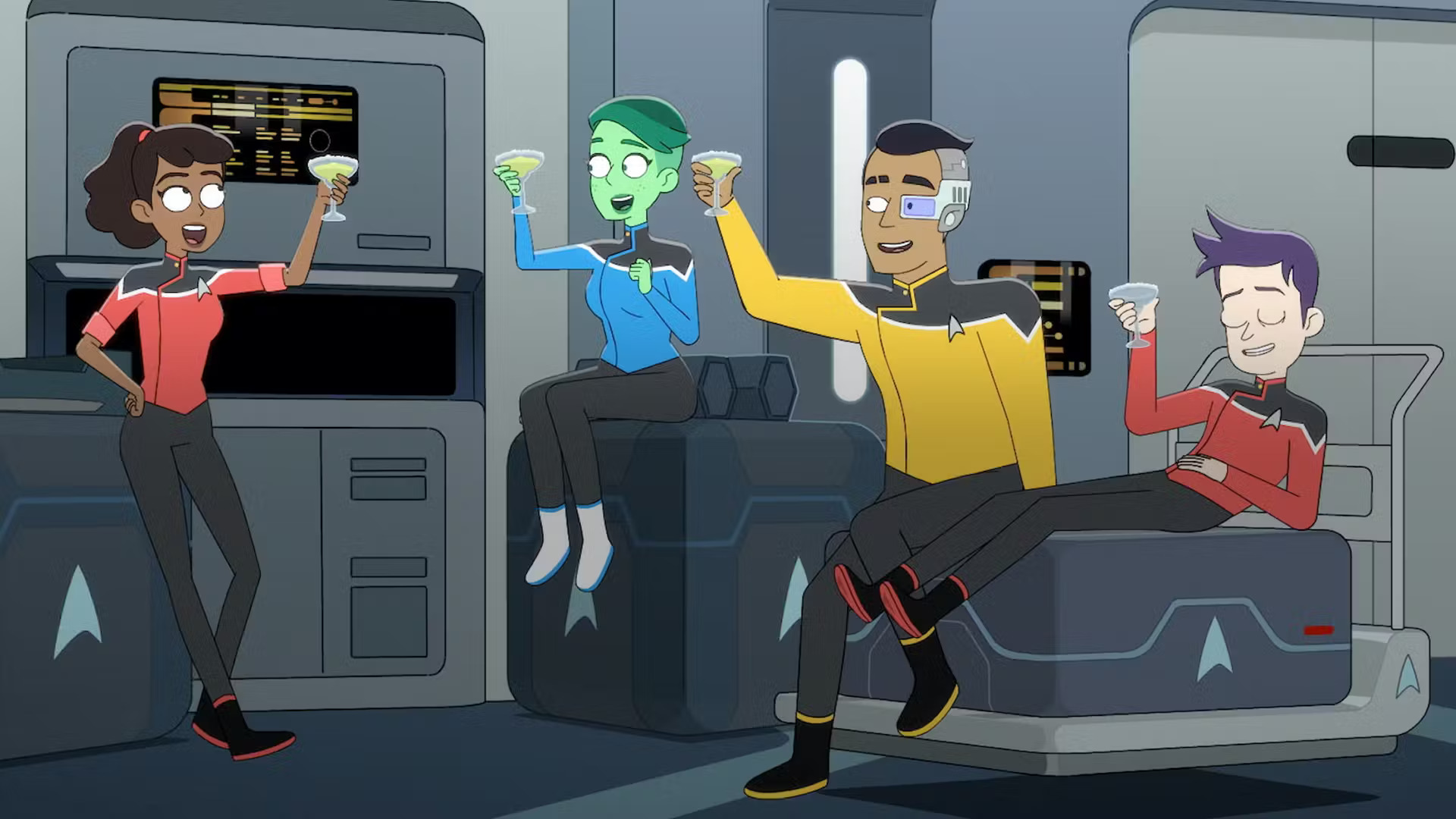
Prodigy was the first of this new wave of shows to be canceled and removed from Paramount+. The second season is, however, almost complete and there is a fanbase pushing for the show’s renewal. There is a possibility that the show could be picked up by another service. However, as the streaming era implodes, it is very telling which shows are deemed to be expendable and which are indulged. It’s very telling what is permitted to be “a real Star Trek show” in the minds of some fans.
This may explain why Lower Decks has been so bullish in asserting its own validity. In its third and fourth seasons, Lower Decks has made a number of very vocal claims to be “real” Star Trek. The show’s third season finale, “The Stars at Night,” was an epic celebration of its own carefully-crafted internal continuity. Boimler (Jack Quaid) and Mariner (Tawny Newsome) crossed over into live action in “Those Old Scientists,” an episode of the more traditional Strange New Worlds.
Indeed, the fourth season premiere of Lower Decks is largely about this. In “Twovix,” the characters are given free reign on Voyager, which is now preserved as a museum. However, the episode quickly tips over into patented Lower Decks madness. It’s not long before Voyager is covered in alien gunk and overflowing with cheese. In other words, the Lower Decks team take an iconic piece of Star Trek lore and unapologetically make it their own. It’s bold and it’s daring.
It also asks the audience to take Lower Decks seriously. The show has its own distinct style and outlook. It has remarkable internal continuity and a stronger grasp on character writing than any season of Star Trek in the past half-decade. “Twovix” ends with Boimler and Rutherford (Eugene Cordero) enshrined in an exhibit in the Voyager museum. Like putting Boimler and Mariner in Strange New Worlds, this feels like Lower Decks marking its own place in the larger Star Trek canon.
It is certainly well-earned. With the cancellation of Prodigy once again suggesting that the powers-that-be see animated Star Trek as expendable, Lower Decks instead argues that it is essential.

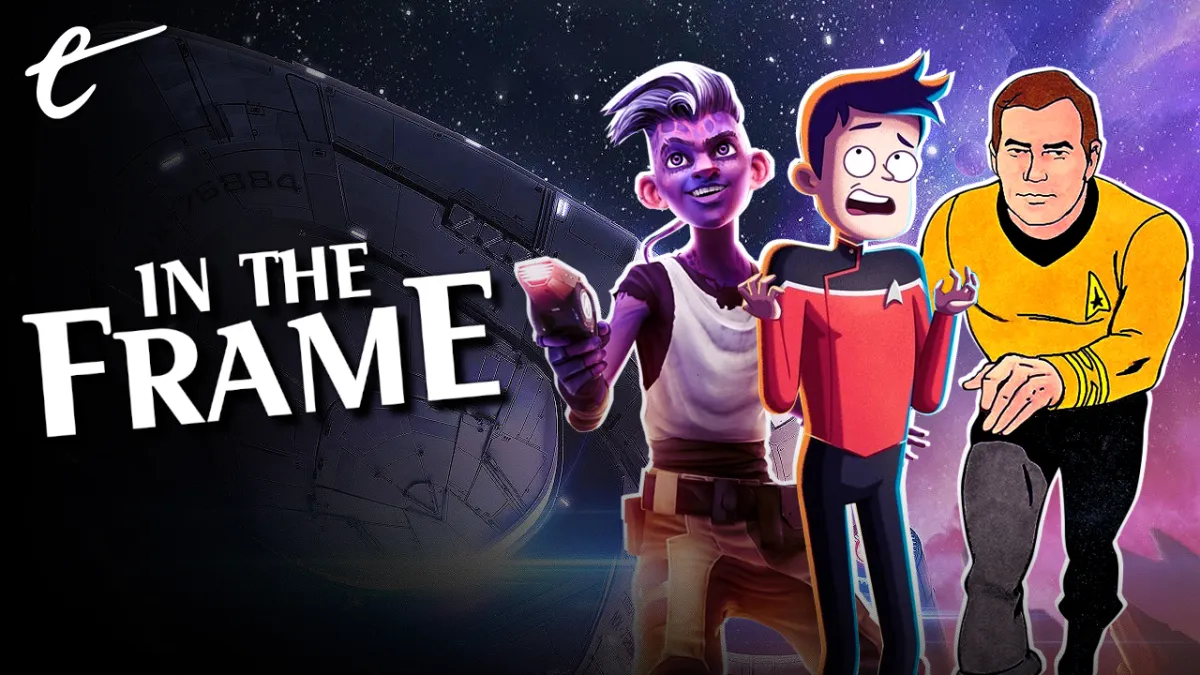
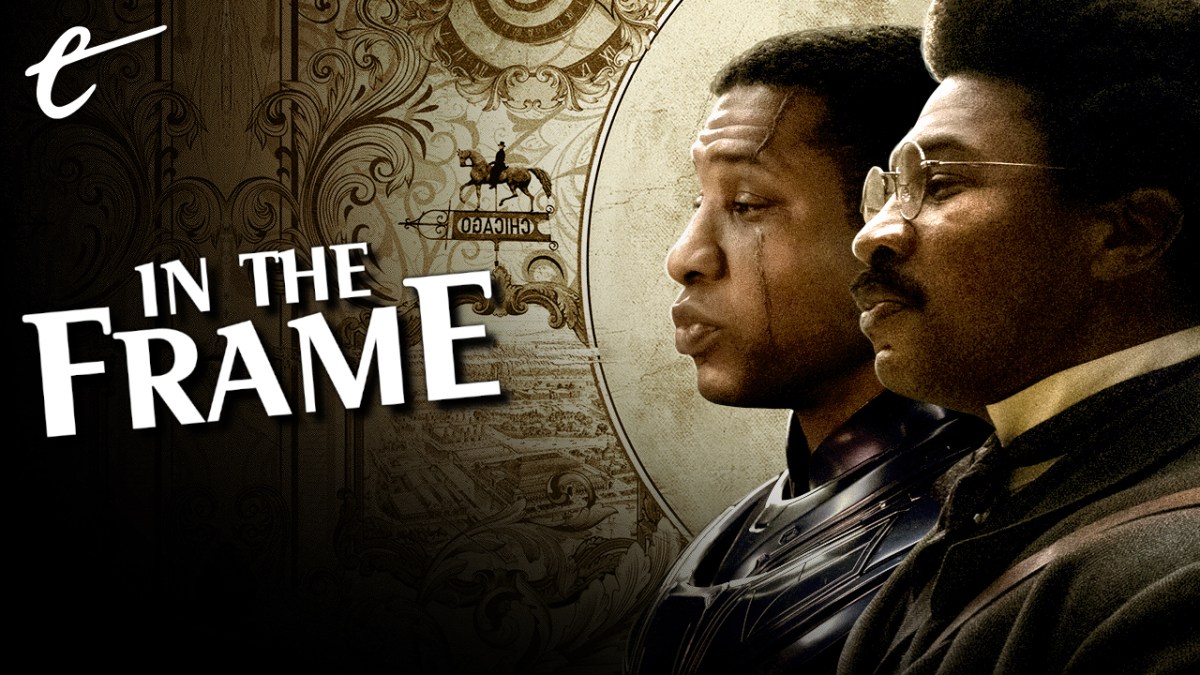

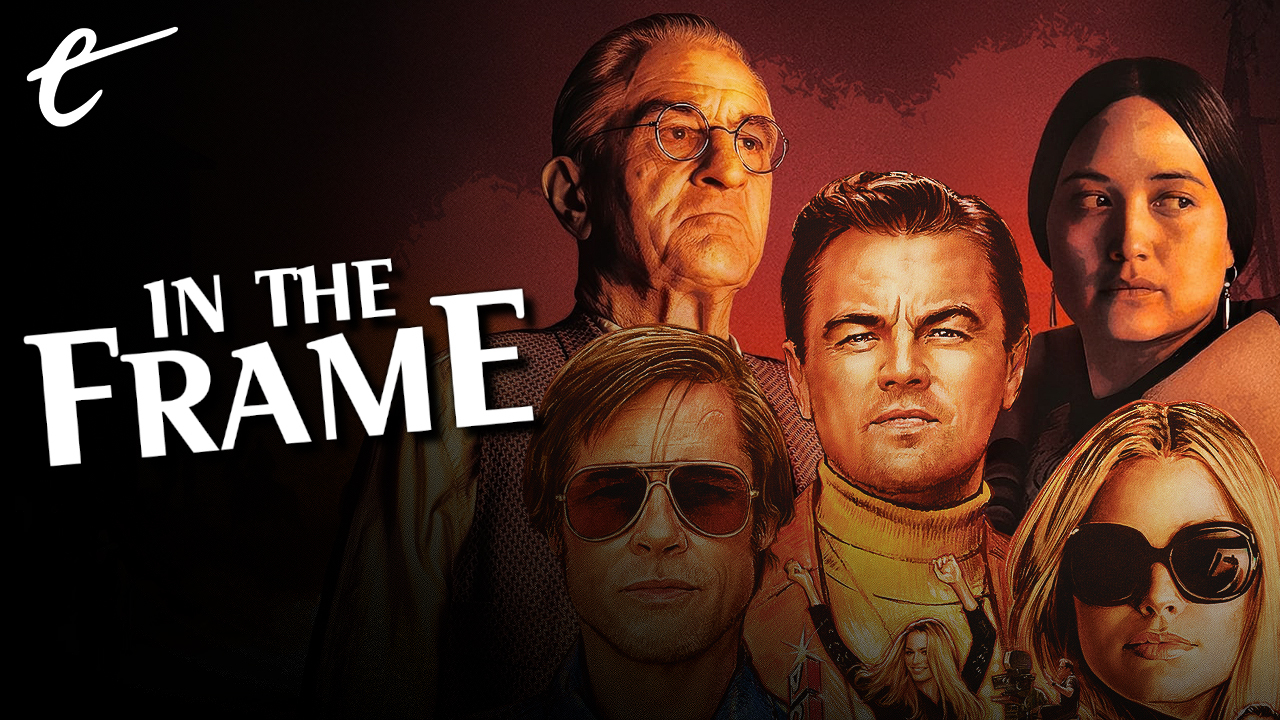

Published: Sep 8, 2023 11:00 am